A PERIPATETIC JOURNEY
|
not all who wander are lost
|
MAIN BLOG
|
Everyone got up to help raise the anchor at Little Farmer's. The kids don't always wake up for early departures, but we were all eager for a longer passage and a new country. The sun rose as we motored toward Galliot Cut. We had timed our transit for late in the incoming tide. The winds were light, but with the tide, so our only obstacle was the 2-knot current. But that is much preferable to giant standing waves! The influence of the current was obvious as we kept the throttle steady and watched our speed over ground drop...and drop...and drop...and then start to increase again as we traveled farther through the cut and were less influenced by the narrow space between islands. Finally we were out on the Exuma Sound! We turned southeast toward the northern tip of Long Island and began our journey. We sailed, motored, or motor sailed all day. By late afternoon, we had passed the northern tip of Long Island. Around sunset we noted and tracked a couple of squalls, one of which passed by in front of us, while the other brought a little rain but not much wind. The kids went to bed while the adults got ready for night watches. We don't have a strict watch schedule, although we do take turns with solo watches of varying lengths overnight. It gets tiring, so we try to make up for the lost sleep during the day. The next morning we continued our combination of sailing and motoring or both and the day passed uneventfully. The wind had been forecast to 'collapse' during the day, which it did by early afternoon. Sails went down and an engine went on. We try to run only one engine at a time to conserve fuel; the small gain in speed from having both running usually does not outweigh the increased fuel consumption. By evening, we were passing Mayaguana Cay and entering the Caicos Passage. And we were way ahead of schedule. If we continued at 6 knots, we'd get there a little after midnight. Waiting hours for sunrise while motoring in circles (we couldn't have anchored; the ocean is many thousands of feet deep there) near Turks and Caicos was not what we wanted to do. The Caicos Passage was nearly as calm as a lake; there were no wind waves and the swells were about a foot high with a long period. We slowed down to about 3 knots, planning to arrive just before sunrise. Once near Providenciales, we waited for sunrise, then called Provo Radio on the VHF to let them know we were there. They collected information (boat name, name of skipper, identifying numbers such as our MMSI and USCG documentation numbers, number of crew, most recent port and next port after Turks and Caicos, etc.) and welcomed us to the Turks and Caicos. Next we called the marina to let them know we had arrived. We entered the channel, hovered off the docks waiting for them to point to a slip, we docked, and then Brian went to the office to meet with Customs and Immigration officials. After he returned with the completed paperwork and our stamped passports, Kendall and the kids were free to leave the boat (no one but the captain can leave the boat until customs and immigration have cleared us in). And after longer passages, we are all very eager to get onto land!
1 Comment
mike burke
1/16/2017 21:16:29
these are interesting and well written. you should look for someplace to publish perhaps in a sailing magazine. the story may be of more interest to people who sail in northern areas who know sailing but elsewhere. in the PNW there is a book called "the curve of time" by m, wylie blanchet who travels with her family in the 1930's.
Reply
Leave a Reply. |
AuthorMcGlynn family 5 (Isla, Marin, Eoin, Kendall, and Brian) sailing Counting Stars Instagram: svcountingstars
Archives
February 2019
Categories |
Proudly powered by Weebly
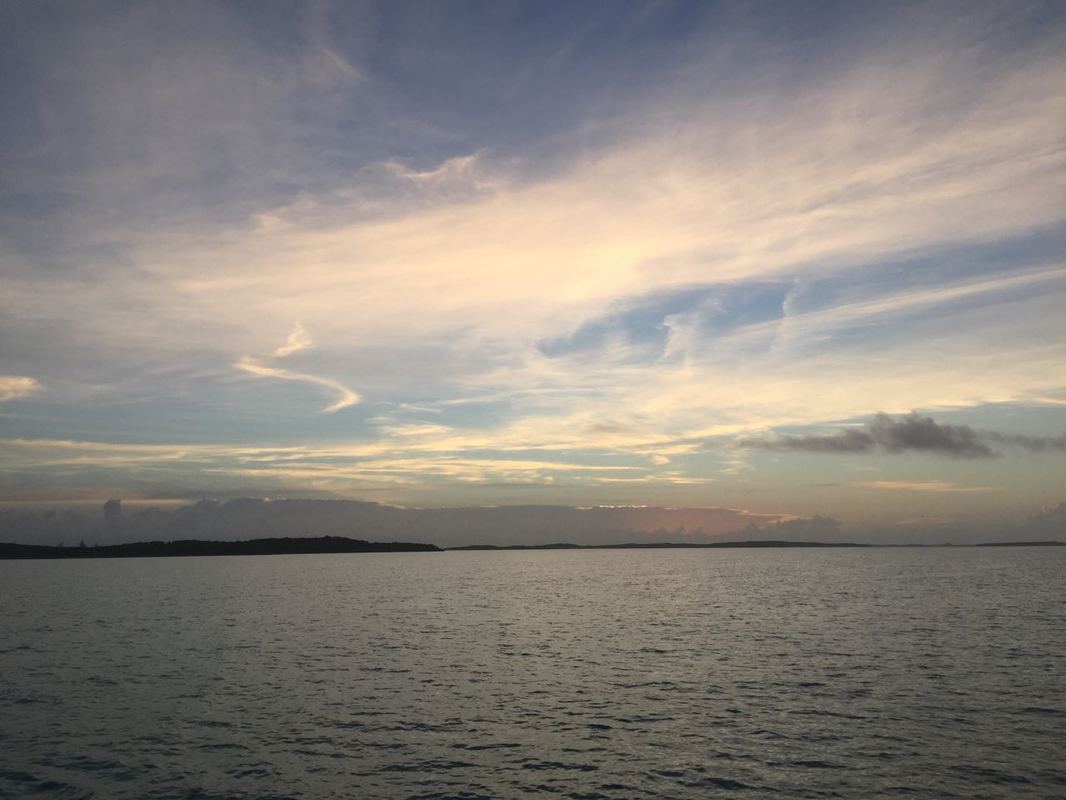

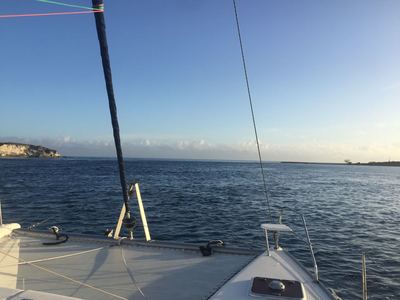




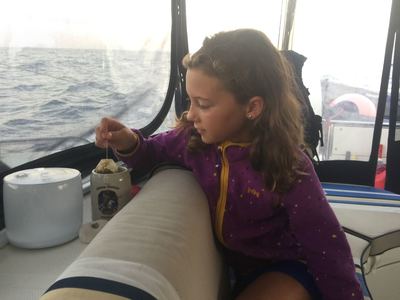
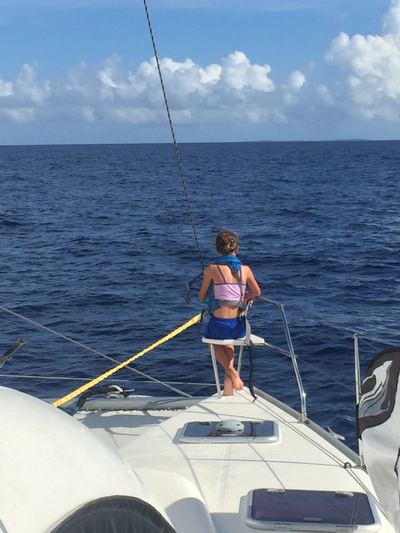


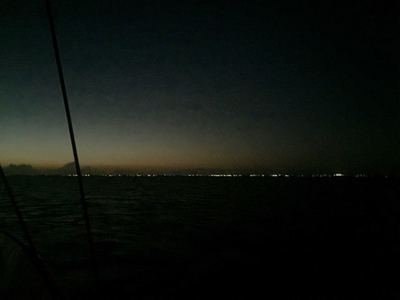
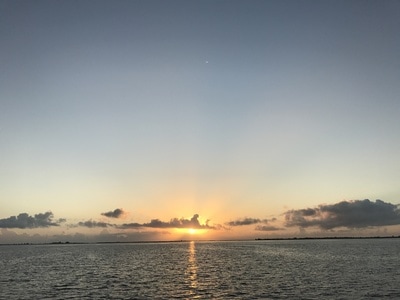

 RSS Feed
RSS Feed